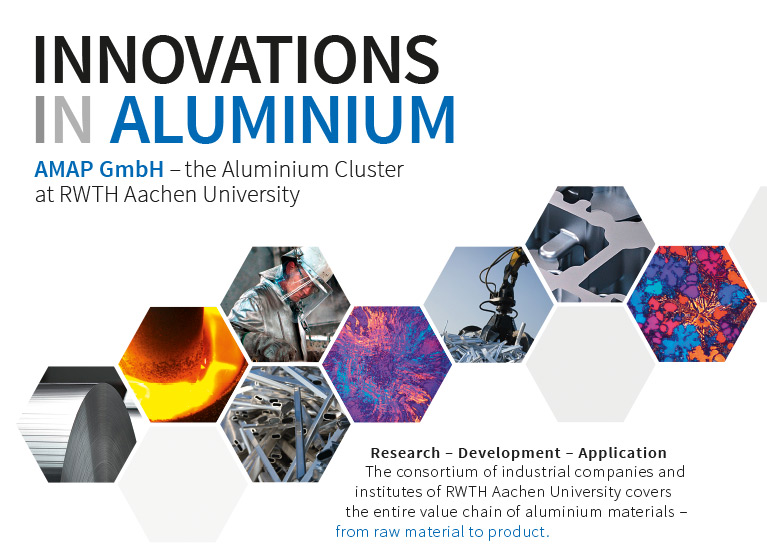III.1 - Life Cycle Assessment for E-Cars
Dinesh Thirunavukkarasu
ika RWTH Aachen University
Summary
Whether Mercedes-Benz, BMW group or Volkswagen and Co.: the major car manufacturers have ambitious targets for CO2 reduction across the entire life cycle, from the supply chain through production to the end of the use phase. Reducing CO2 emissions is not only on their own agenda, but is also increasingly becoming an award criterion in the supply chain. “Legislators are beginning to reflect the trend towards life cycle assessment”, as Dinesh Thirunavukkarasu from ika RWTH Aachen University put it in his presentation ‘Life Cycle Assessment for E Cars’.
For a meaningful life cycle assessment, the CO2 emissions of the entire vehicle life cycle must be taken into account, including production and recycling. This leads to the use of technologies that may not make a measurable contribution when measuring consumption in the various driving cycles, but have a demonstrable benefit in real driving operation. A life cycle analysis, LCA, or elements thereof must be incorporated into legislation in the future to ensure a comprehensive reduction in CO2 emissions.
In the medium term, scientist Thirunavukkarasu is convinced that life cycle assessment could become a game changer for technological decisions. However, this requires the development of a standardized evaluation system for life cycle assessment.
A current example of a partially distorted perception of life cycle assessment is electromobility, which is in itself climate-friendly. Its carbon footprint is directly dependent on the electricity mix, particularly during the use phase. Looking at CO2 emissions during the entire production process, Thirunavukkarasu uses the example of the VW ID.3 to show that the battery system causes the highest greenhouse gas emissions during production, accounting for more than 40% of total CO2 emissions. The primary materials used, such as steel, are half as much at 20%. 5% of the emissions are attributable to the aluminum used in the VW ID.3.
Car manufacturers have long since discovered lightweight construction as an important contribution to lower CO2 emissions. But here, too, there is a dilemma, namely that of choosing the right materials. The ecological footprint of materials is heavily dependent on the production scenario. Lightweight materials do not always make ecological sense, for example when you consider the energy-intensive production of CFRP, which is also difficult to recycle.
Recycling and the use of sustainable energy sources is a reliable way of reducing CO2 emissions from the materials used. Aluminum has a good chance here. The proportion of recycled metal is high and modern plants in Europe in particular are already producing in an environmentally friendly way. By way of comparison, the production of primary aluminum in Europe generates an average of 6.7 kg of CO2 per kg of aluminum, in China 20 kg.
Conclusions
In summary, Thirunavukkarasu can state: The importance of sustainability is increasing and will affect the entire automotive value chain. Future regulations could shift from assessing emissions in the use phase to emissions throughout the entire life cycle. In order to assess the impact on the life cycle, a holistic evaluation of technologies is therefore necessary. In order to achieve a sound basis for assessment, standardization is absolutely essential. Only meaningful system boundaries are decisive.


